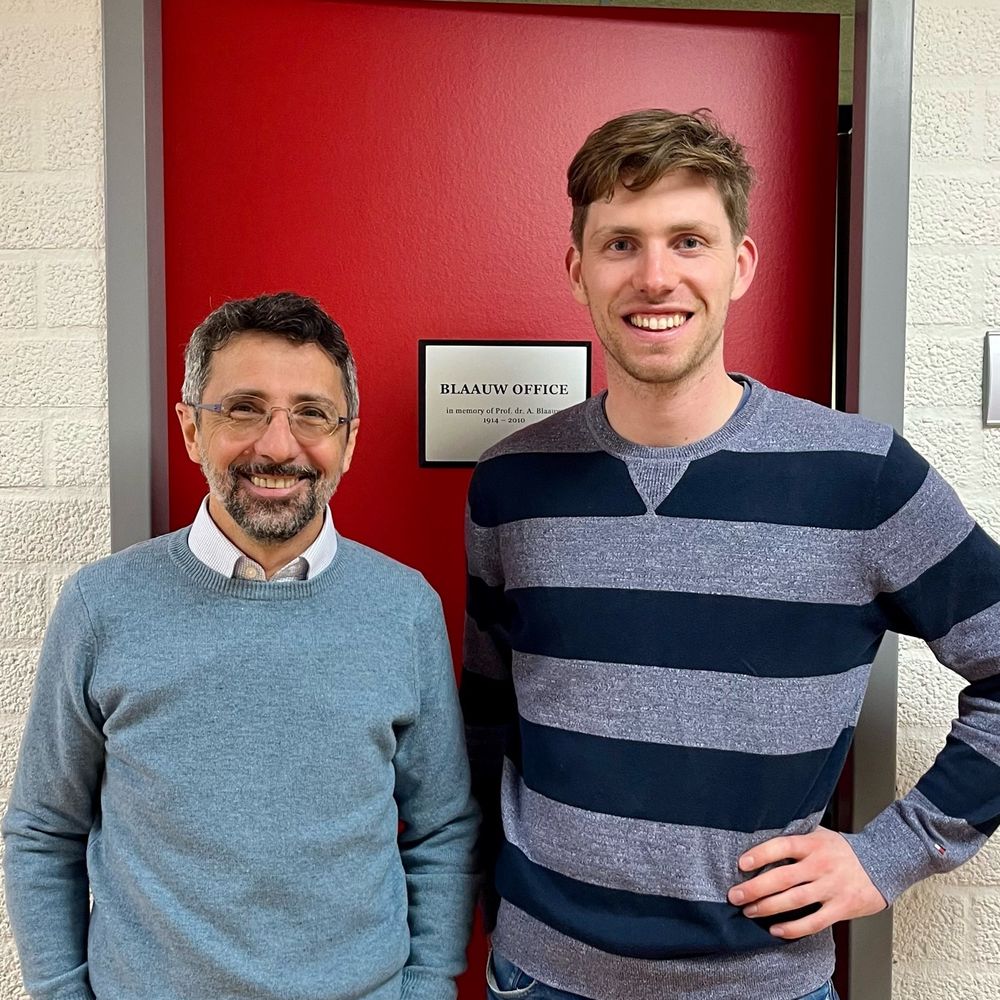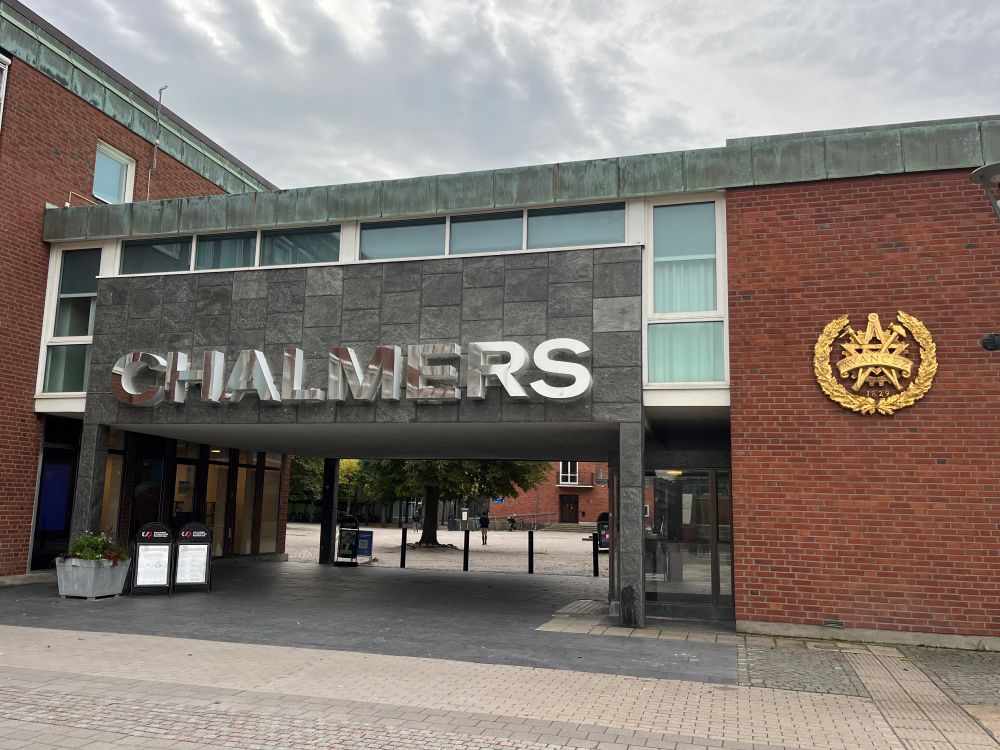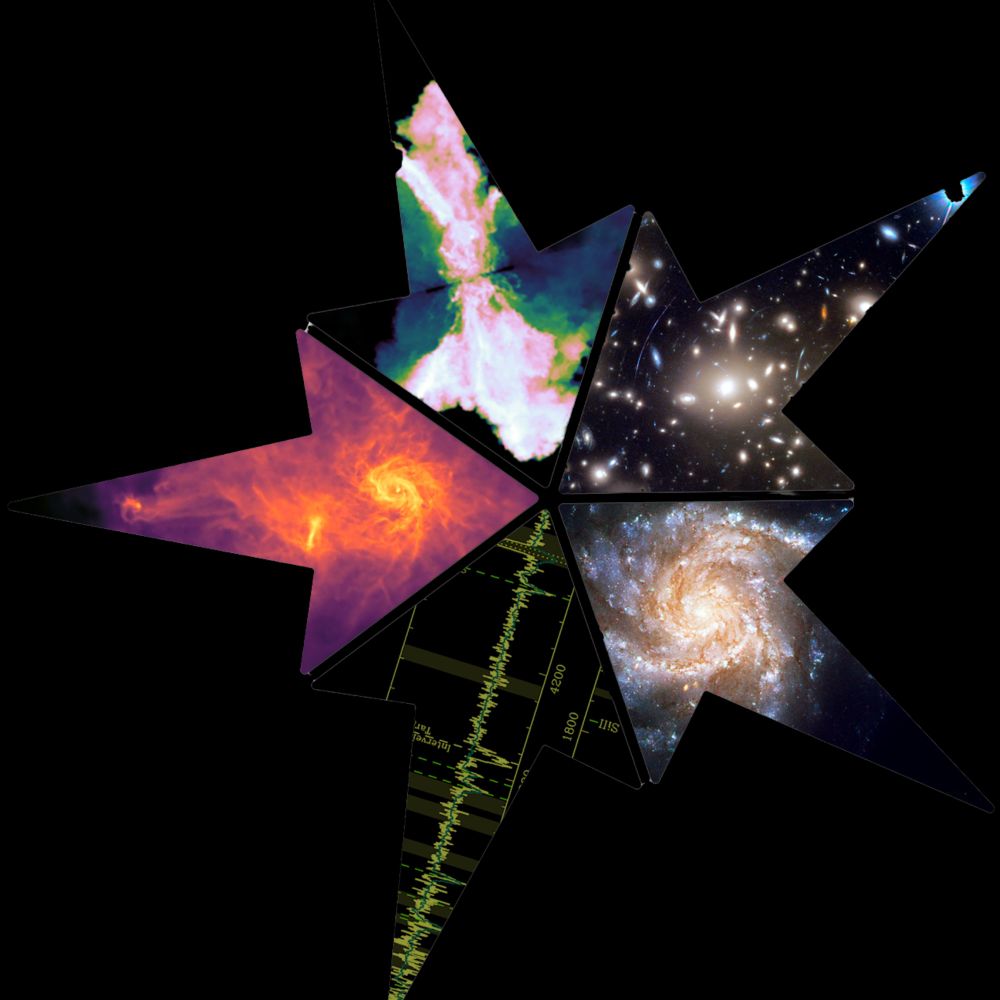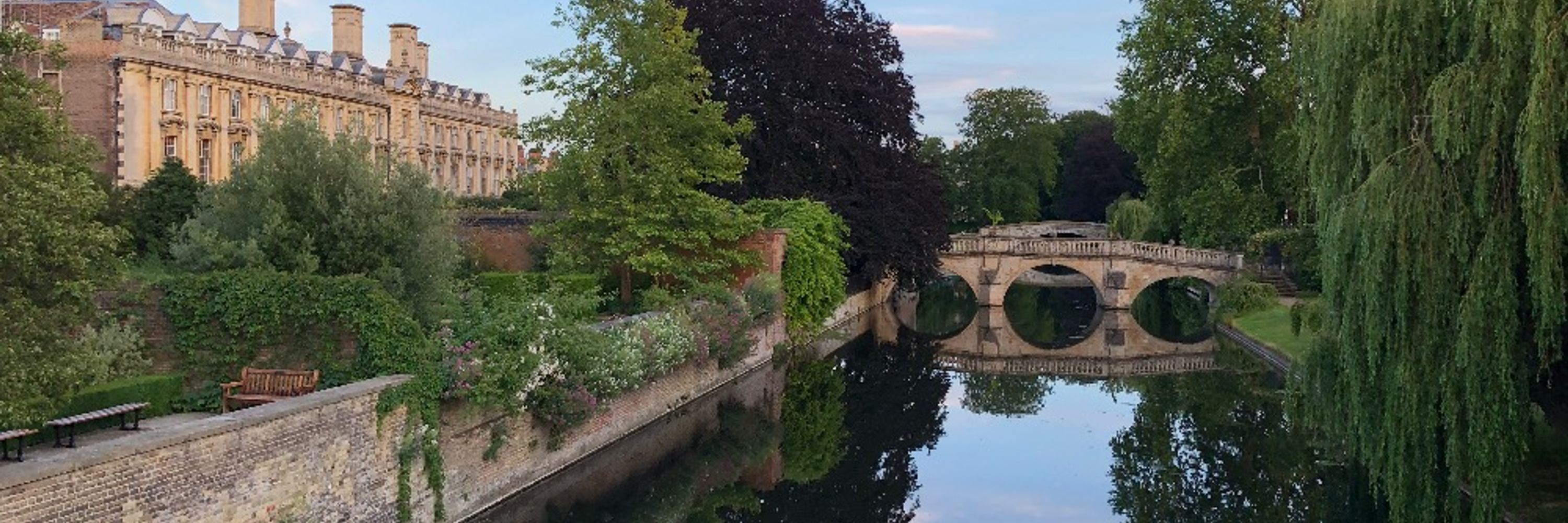
👉 Submit your abstract here: docs.google.com/forms/d/e/1F...
👉 Submit your abstract here: docs.google.com/forms/d/e/1F...
@vrubinobs.bsky.social’s 3200 megapixel camera 🤩

@vrubinobs.bsky.social’s 3200 megapixel camera 🤩
pubs.aip.org/physicstoday...
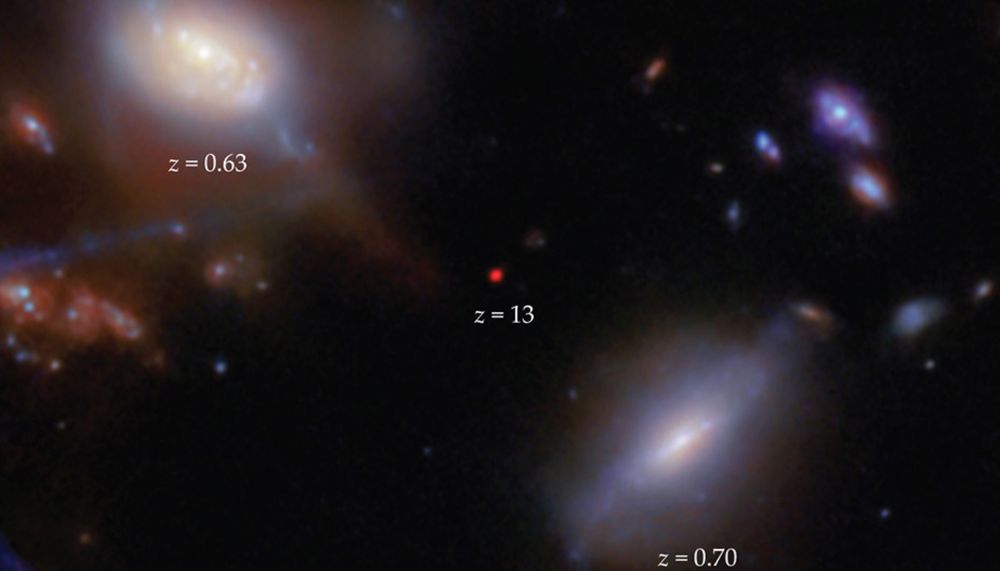
pubs.aip.org/physicstoday...
astrobites.org/2025/04/21/dust-ahead-of-schedule-uv-bump/
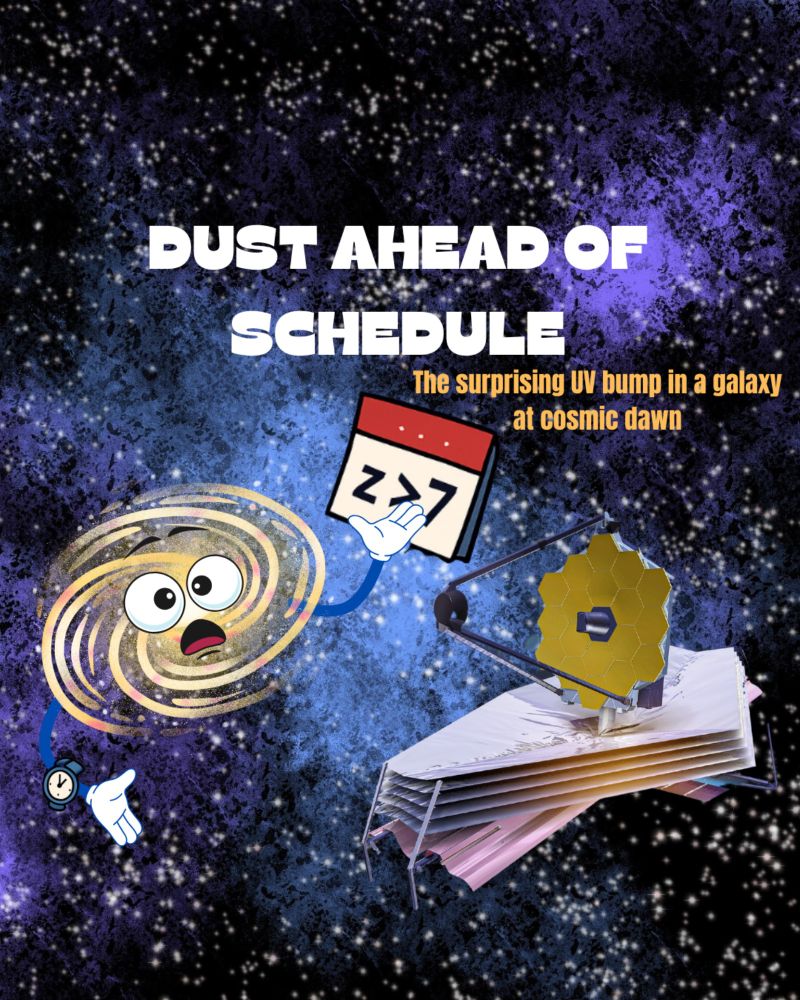
astrobites.org/2025/04/21/dust-ahead-of-schedule-uv-bump/
arxiv.org/abs/2504.02683
#astrosci #extragalactic #cosmology

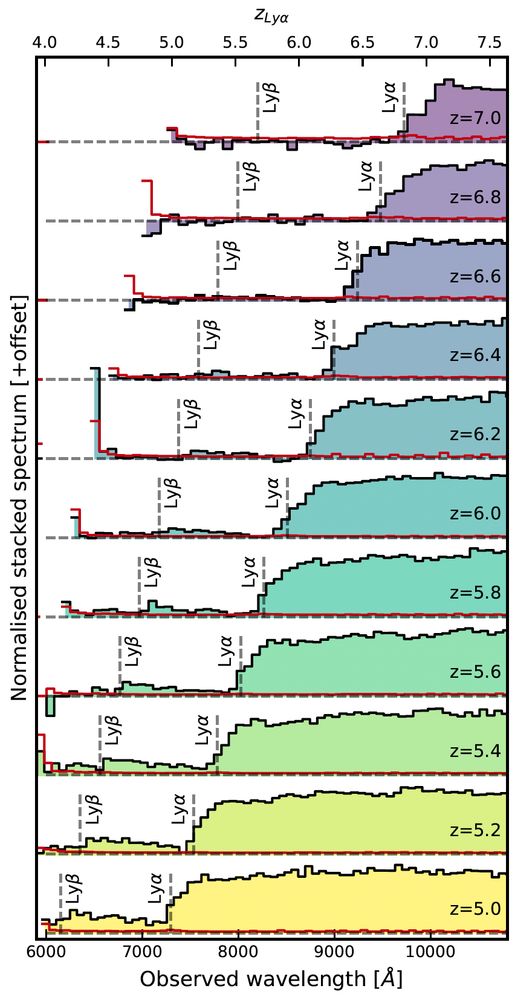
arxiv.org/abs/2504.02683
#astrosci #extragalactic #cosmology
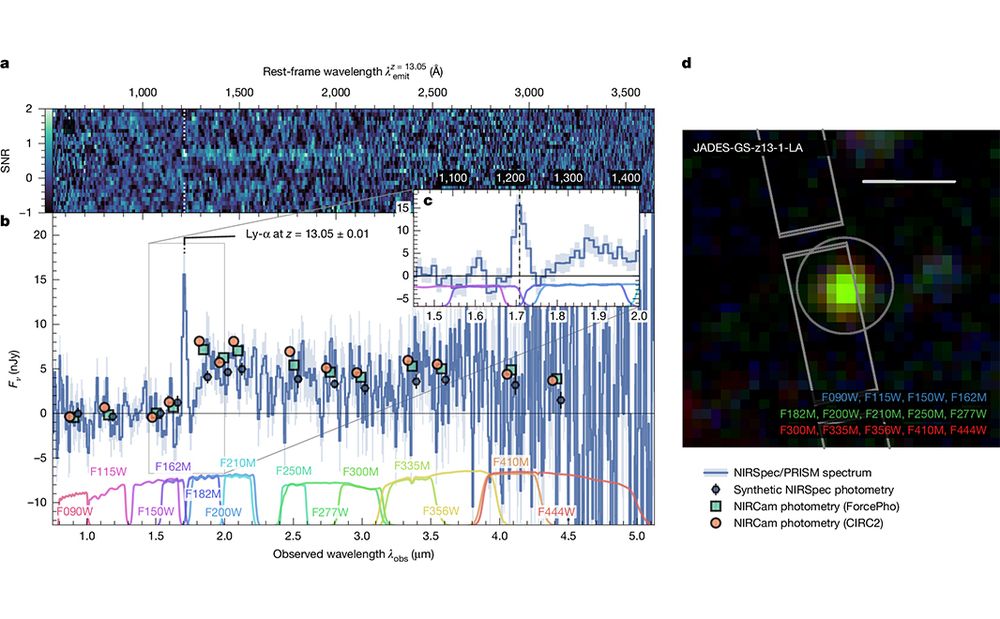
Today, a team of researchers led by @joriswitstok.bsky.social — A DAWN fellow @cosmicdawncenter.bsky.social and Post-doc in the PRIMORDIAL group — published a paper in @nature.com reporting the detection of Lyman-alpha emission from a galaxy at redshift 13 (!)
🧵👇

Today, a team of researchers led by @joriswitstok.bsky.social — A DAWN fellow @cosmicdawncenter.bsky.social and Post-doc in the PRIMORDIAL group — published a paper in @nature.com reporting the detection of Lyman-alpha emission from a galaxy at redshift 13 (!)
🧵👇
@joriswitstok.bsky.social et al. detected the escape of your fav UV light, Lyman α, the signature of an ionized bubble, only 330M years after the Big Bang.
🇬🇧 cosmicdawn.dk/news/james-w...
🇩🇰 cosmicdawn.dk/news-in-dani...
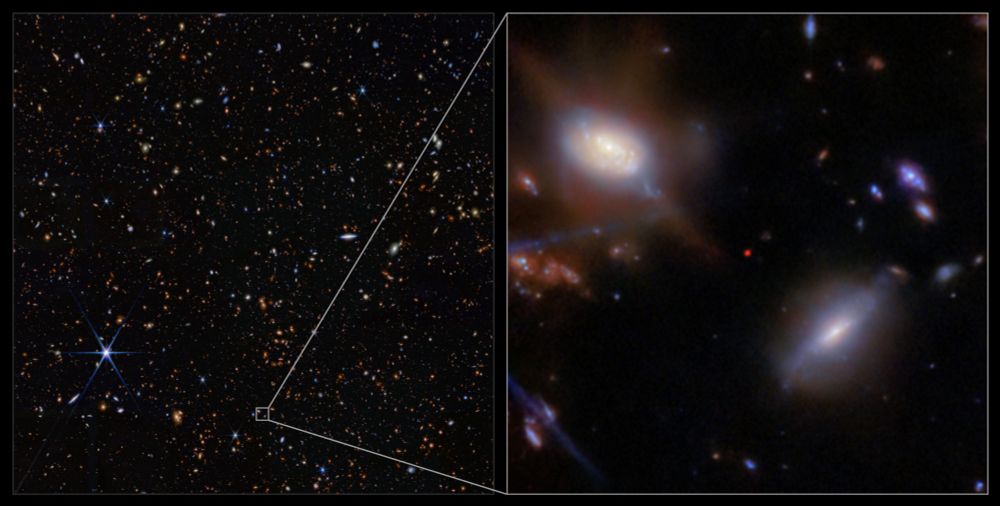
@joriswitstok.bsky.social et al. detected the escape of your fav UV light, Lyman α, the signature of an ionized bubble, only 330M years after the Big Bang.
🇬🇧 cosmicdawn.dk/news/james-w...
🇩🇰 cosmicdawn.dk/news-in-dani...

All thanks to the NASA/ESA/CSA James #Webb Space Telescope.
Read more 👉 www.esa.int/Science_Expl...
🔭🧪☄️
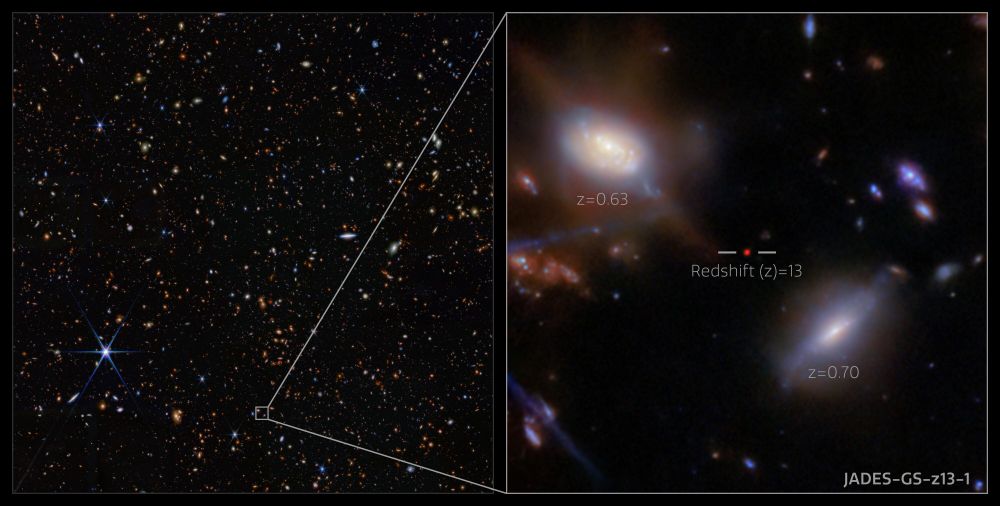
All thanks to the NASA/ESA/CSA James #Webb Space Telescope.
Read more 👉 www.esa.int/Science_Expl...
🔭🧪☄️
I'm proud to have led a study reporting this surprising result, which is now published in @nature.com. Read more in this Behind the paper post and in the thread below! 👇
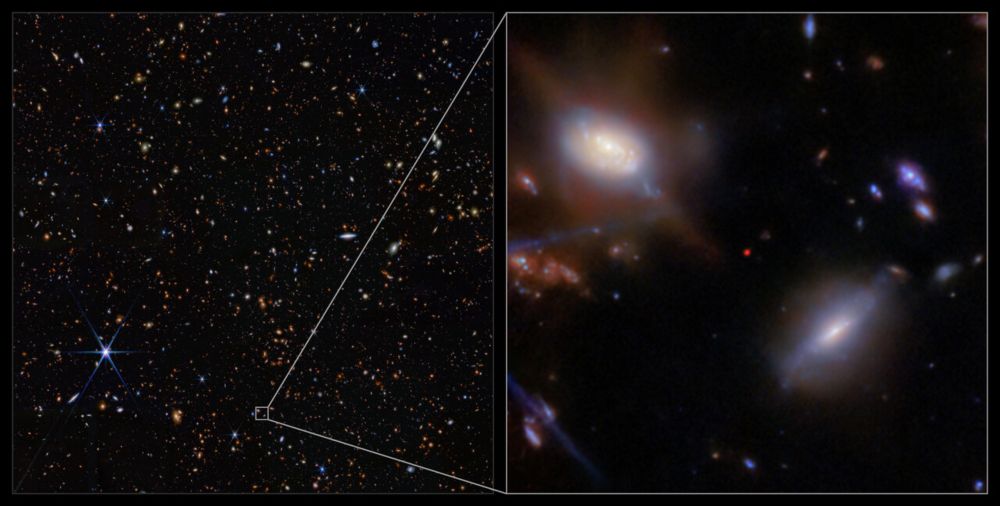
I'm proud to have led a study reporting this surprising result, which is now published in @nature.com. Read more in this Behind the paper post and in the thread below! 👇
This record-breaking detection is making scientists rethink how quickly galaxies formed in the early Universe 🤔
Read more: www.eso.org/public/news/...
🔭 🧪 ☄️
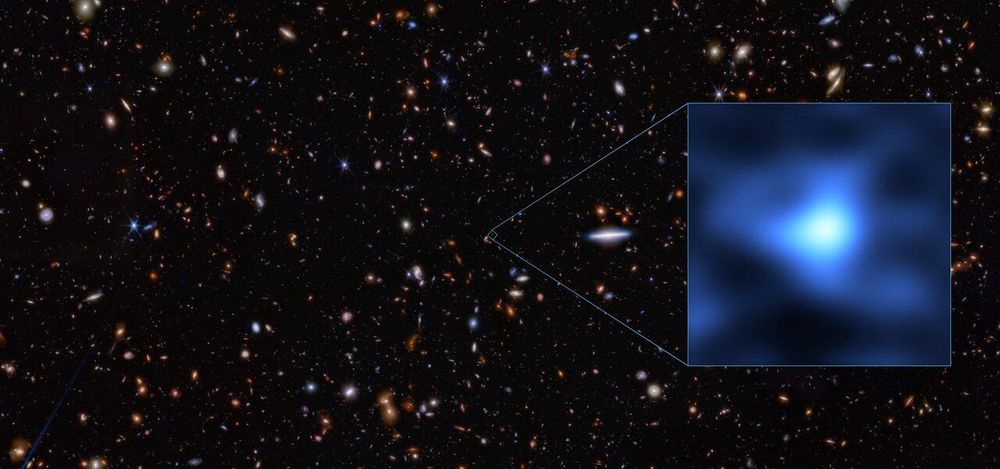
This record-breaking detection is making scientists rethink how quickly galaxies formed in the early Universe 🤔
Read more: www.eso.org/public/news/...
🔭 🧪 ☄️

Read more below! 👇
Read the paper here:
arxiv.org/abs/2502.06016
and see 🧵 below

Read more below! 👇
